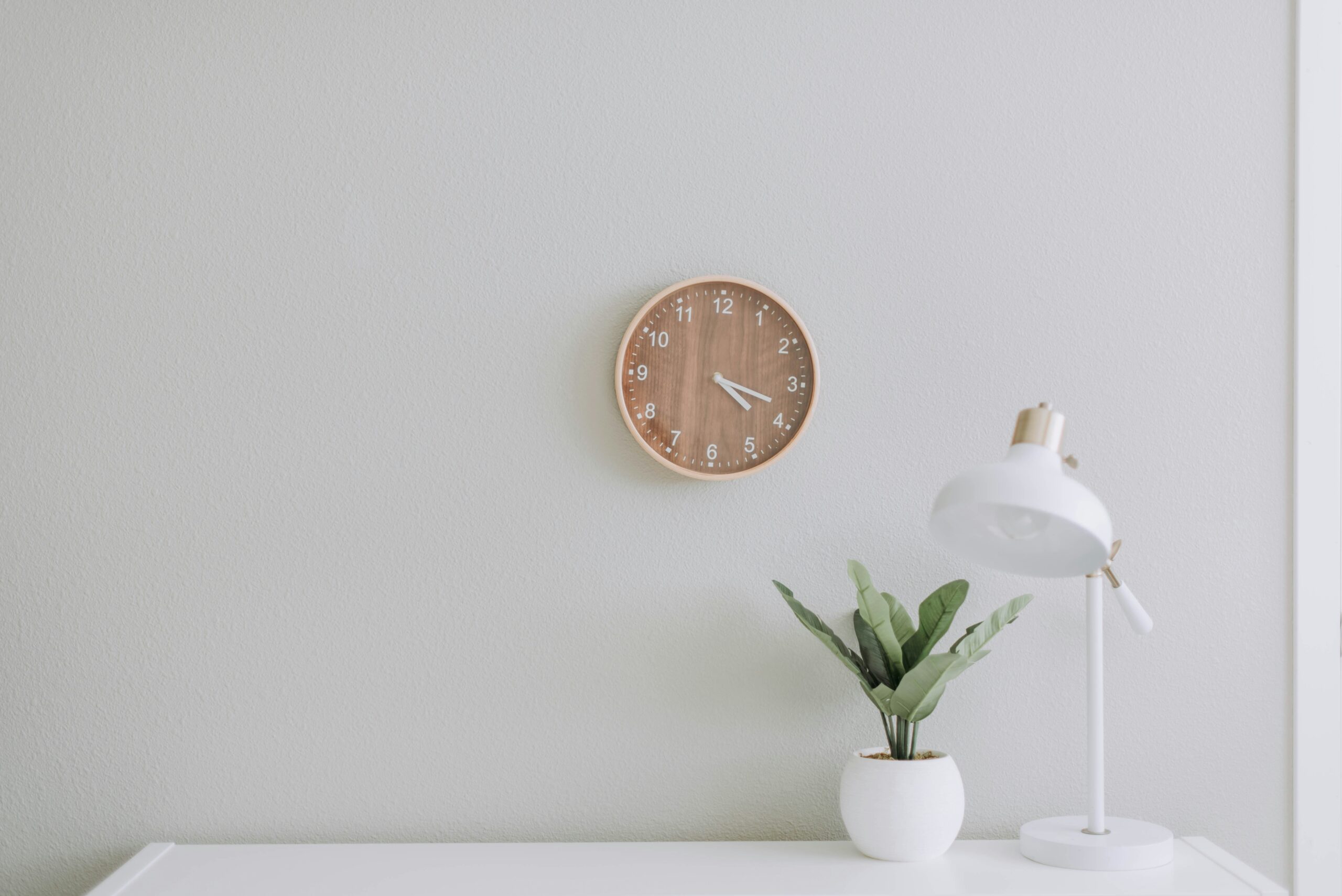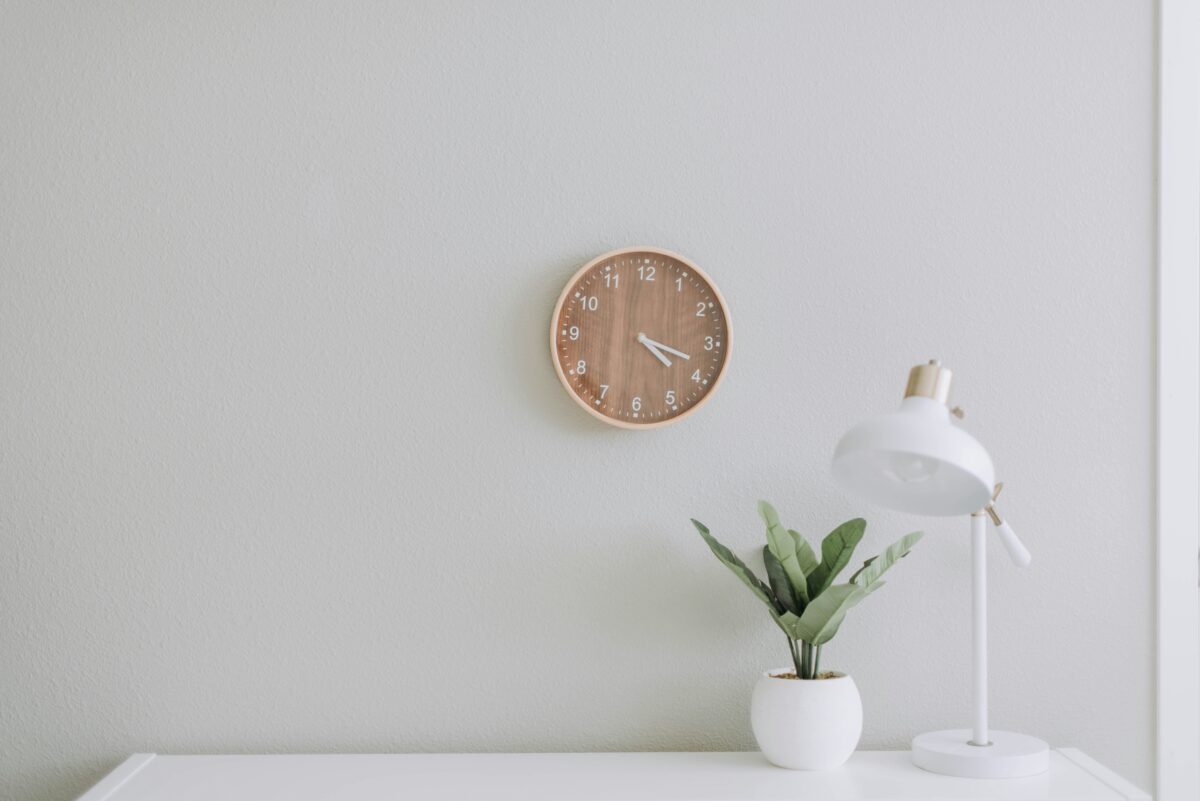Eating out with your loved ones is a pleasurable experience. You eat out to reduce stress, celebrate, catch up with friends, and explore new dishes or restaurants. But you might also wonder why you still find it hard to lose weight despite all the workouts you’ve been doing and all the effort concerning food that you’ve been making at home. Maybe it’s the frequency of eating out and the amount and quality of food you eat. Restaurant eating can significantly affect your health and weight loss efforts because of food ingredients like extra fat, sugar, and salt, plus the extras that go with meals such as sodas and desserts. You can also eat twice the calories your body needs in a day for weight maintenance.
However, you can still lose weight while eating out with consistent daily movement, good sleep, and healthy eating skills so you can enjoy life while you nourish your body. Remember that it’s not only about the actual eating out that you need to focus on but also the things that happened before and after the eating event.
I am sharing the most effective healthy practices when eating out so you can stay on track with your weight loss efforts.
Limit the frequency of eating out.
The experience is fantastic, especially if you bond with your friends and family. Still, sometimes, it takes a lot of your time (fixing yourself, traveling, waiting for the order, and spending a longer amount of time with others) energy (extra energy for more important things such as sleep, exercise, productive hours, and time at home with family) and money (you can spend on cheaper and healthier meals and other necessities).
Manage and analyze your food expenses and see how much you spend when you eat out every week. Try to limit eating out to only once or twice a week and give yourself more time with healthy home-cooked meals.
Sometimes, you can crave a particular restaurant dish. If this happens, try to order that dish online from the restaurant. This strategy can help you save time and money. You can also add healthier foods at home, like vegetables and brown rice. Most importantly, you can avoid the temptation of eating extras like desserts if you eat at home.
Plan ahead.
Check the menu.
If the restaurant doesn’t offer enough healthy meals, make up for it during the rest of the day with your other meals. If you eat out for dinner, make sure you have enough vegetables for lunch.
Make time for exercise.
A good workout can condition your mind to have more control over restaurant foods. But be aware of the workout duration and intensity. Long and intense workouts can increase your appetite, so eat an excellent pre-and post-workout meal or snack to help regulate your hunger throughout the day.
Avoid getting too hungry.
Drink a glass of water and eat a light snack consisting of protein, healthy fat, and fiber, like a small handful of nuts and fruit, one to two hours before you eat out for dinner so you can avoid grabbing the bread basket before you start a big meal. You can also pace yourself well while eating the main course.
Condition your mind to stay away from high-calorie foods.
Did you know that you can consume almost a full day’s worth of recommended calories in a single fast food meal consisting of a double patty burger with cheese, large fries, and drinks such as iced tea, soft drinks, and milkshake? That’s triple the calories of your usual home-cooked meal.
You need to get the recommended amount of calories (usually between 1,500- 2500 calories based on your gender, weight, physical activities, and goals) from real healthy foods that will improve your energy, metabolism, and health. Try to limit or avoid extra calories from foods that can harm your health and delay your weight goals. Thinking about the time and energy you devoted to your workouts just to create a calorie deficit needed to lose body fat can strengthen your control over high-calorie foods:
- Deep-fried chicken sandwich = one hour of running
- A medium slice of 4-cheese pizza = one hour of Zumba class
- A 330 ml of soda = 30 minutes of jogging
- A donut or cookie = 30 mins of HIIT workout
- 2 tbsp oil, mayonnaise, or creamy salad dressing = 30 minutes of strength training
- An extra cup of rice, pasta, or noodles = 1-hour yoga or Pilates session
- A bottle of beer = 30-45 minutes of brisk walking
Apply healthy eating strategies.
What if your work and lifestyle require you to dine out frequently with friends, clients, or business partners? How can you control your restaurant eating to stay on track with your health and weight management efforts?
I have lifestyle coaching clients who initially struggled to manage their weight with their kind of lifestyle. Eventually, with hard work and patience, they gradually achieved their goals until they almost mastered the art of healthy eating when dining out. Anyone can survive the challenge. You can do it too. You need to strengthen your healthy eating skills and apply the following strategies that have worked for others who successfully achieved their weight control (weight loss or weight maintenance) goals.
As of this point, I am just trying to maintain my weight, and I am always more focused on improving my energy and staying as healthy as I can be. When I eat out, once or twice a week, I make it a point to order a bigger serving of vegetables like salad or cooked veggies and just one to two viands. I usually share a cup of rice with my husband. I stick to my usual meal serving, just like eating at home. I have a petite body type, so I get half a cup of grains (rice, pasta, noodles, or quinoa), 2 cups of salt or 1/2 to 1 cup of cooked vegetables, and 1-1.5 palm-size combined protein dishes such as fish, chicken or lean meat. If we order bigger servings of viands, we ask the waiter to wrap the leftovers.
You don’t need to count calories and make things difficult for you.
You need to visualize your usual food servings at home and try your best to eat the same in a restaurant. Suppose you need clarification on visualizing the right amount of portion to avoid weight gain; you can use your hand as a guide. You can also take a photo of your restaurant foods and compare it with your usual.
- Vegetables = one fist
- Protein (seafood, meat, chicken) = 1-1.5 palms
- Starchy carbs (rice, pasta, noodles) = cupped hand or one fist
- Fat (walnuts, creamy salad dressing) = one thumb
Just order simple but tasty dishes that contain less fat, salt, and sugar such as:
- Steamed, boiled, roasted, or grilled seafood, chicken, or lean meat
- Clear soup with vegetables and protein
- Big serving salad with dressing on the side
- Raw and fresh seafood (sashimi)
- Cooked vegetables (kale, bokchoy, cabbage, broccoli, spinach, watercress, and asparagus).
Consider the sequence and pace of your eating.
- Start your meal with a glass of water and a serving of vegetables (salad of cooked vegetables).
- Skip or limit the bread if you are looking forward to eating rice or having your favorite pasta or noodles.
- Eat mindfully and slowly, and chew your foods well to avoid eating more significant portions or reaching for a second helping before you feel full.
- Choose to drink water instead of sugary drinks (liquid calories), which absorb more calories and do not effectively suppress hunger.
- Finally, if you want something sweet, order a fruit, fresh fruit shake or have a taste or a bite of dessert that you can also share with someone.
Enjoy eating in moderation, so avoid feelings of derivation.
While trying to lose weight, you can still order your favorite high-calorie foods that you miss. It’s okay to eat what you want, regardless of the calories. Still, you must apply some strategies and avoid extra unhealthy foods you don’t need and like.
- You can order a single item (a la carte) from a menu. Just request a hamburger instead of a combo savers meal with French fries and soft drinks.
- Limit the sauces of your favorite dishes, such as kaldereta, kare-kare, and coconut-based ones.
- Deep-fried foods absorb more oil (and calories), so try to limit the portion of deep-fried foods such as tempura, chicken karaage, or pork tonkatsu and eat healthier dishes instead, such as grilled fish or chicken.
- Share your sugary, creamy desserts such as cake, ice cream, or halo-halo with your spouse or friend. You can have a bite and keep in mind that you don’t need to finish everything.
How to get back on track after overeating
Aside from the extra calories consumed in a restaurant, feelings of guilt brought about by excessive eating can lead to more significant issues that can prolong your weight loss efforts. It would help if you also focused on what to do in case this happens to pursue your weight loss journey successfully.
Avoid all-or-nothing thinking.
A perfectionist attitude can lead to self-sabotage after breaking a healthy routine like overeating in a restaurant. Is the statement “since I already broke my diet, I might as well eat everything I want now” familiar to you? If this happens, restructure your mindset and say, “since I overeat today, I must exert more effort to eat healthier on my next meals so I can avoid weight gain.”
Don’t skip meals the next day.
Skipping breakfast due to guilt can result in overeating late in the day. Start your day with your usual healthy breakfast to reset your energy and mind.
Don’t punish yourself with overexercising.
Excessive exercising after overeating can disrupt your balance and increase your appetite, leading to another overeating episode. You can resume your usual exercise the next day and focus on staying consistent and healthy eating.
Email the author at mitchfelipe@gmail.com or follow/message her on Instagram @mitchfelipemendoza









































